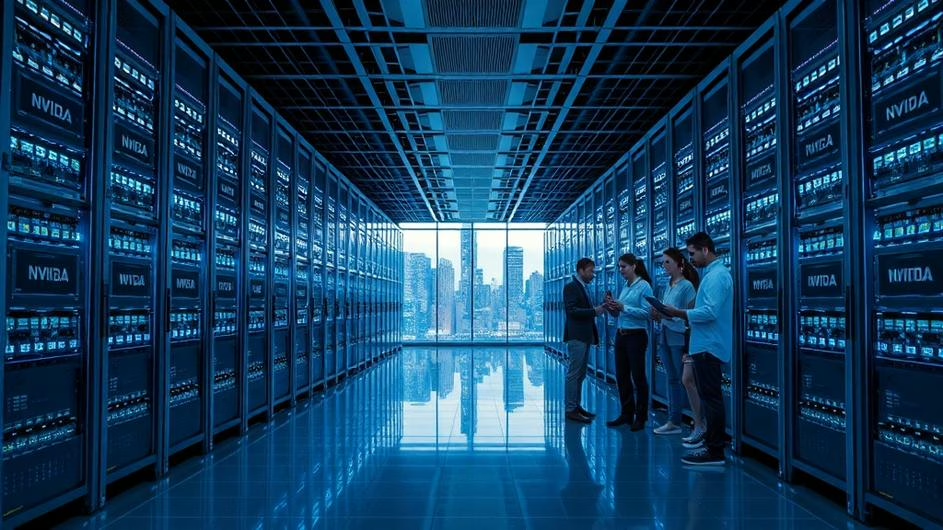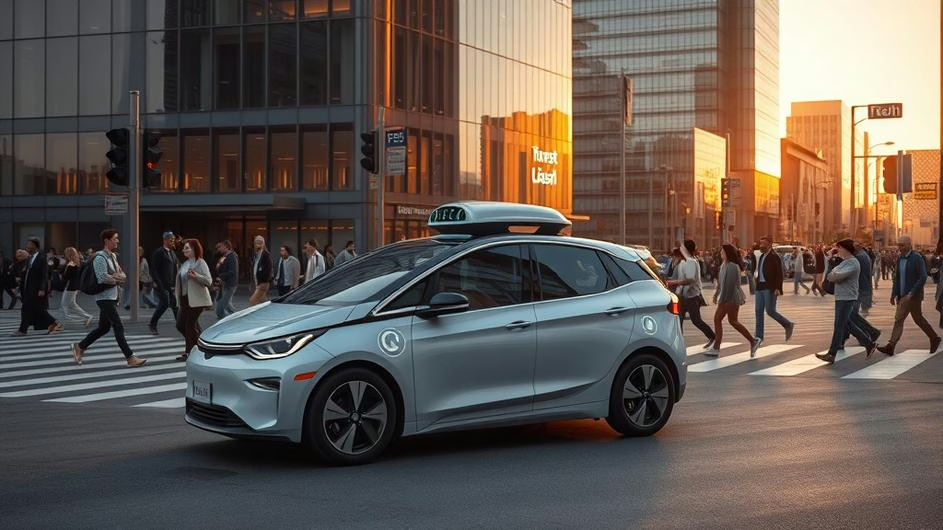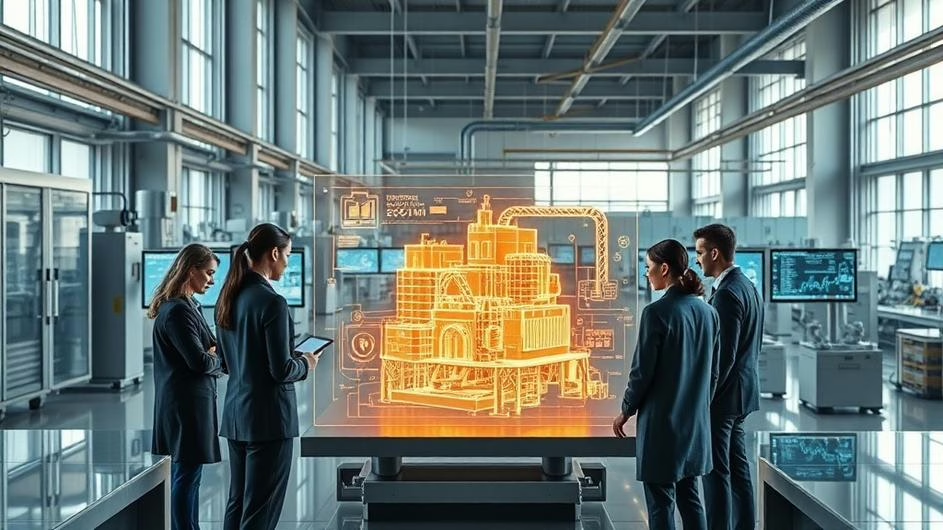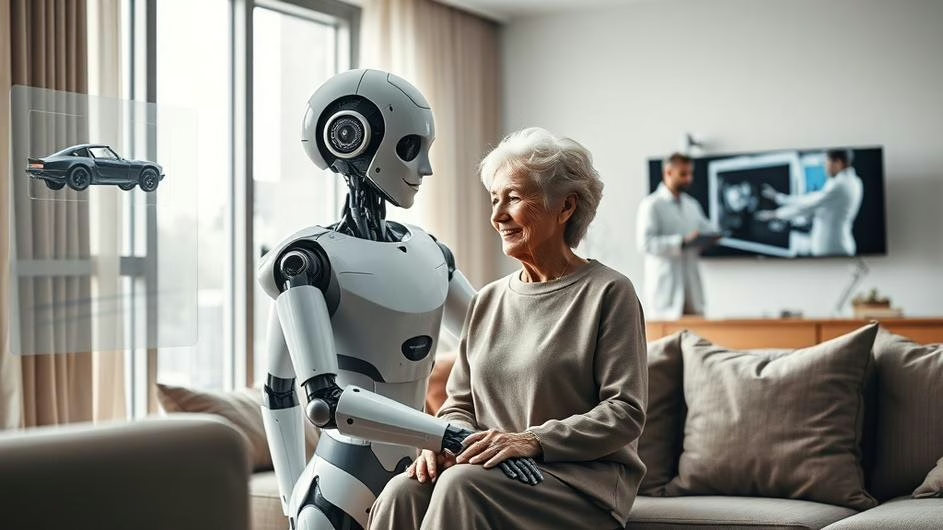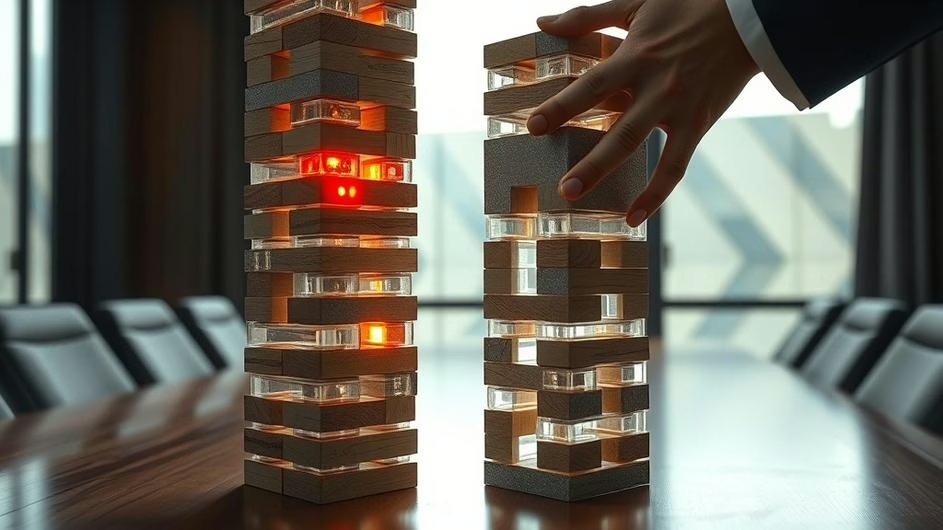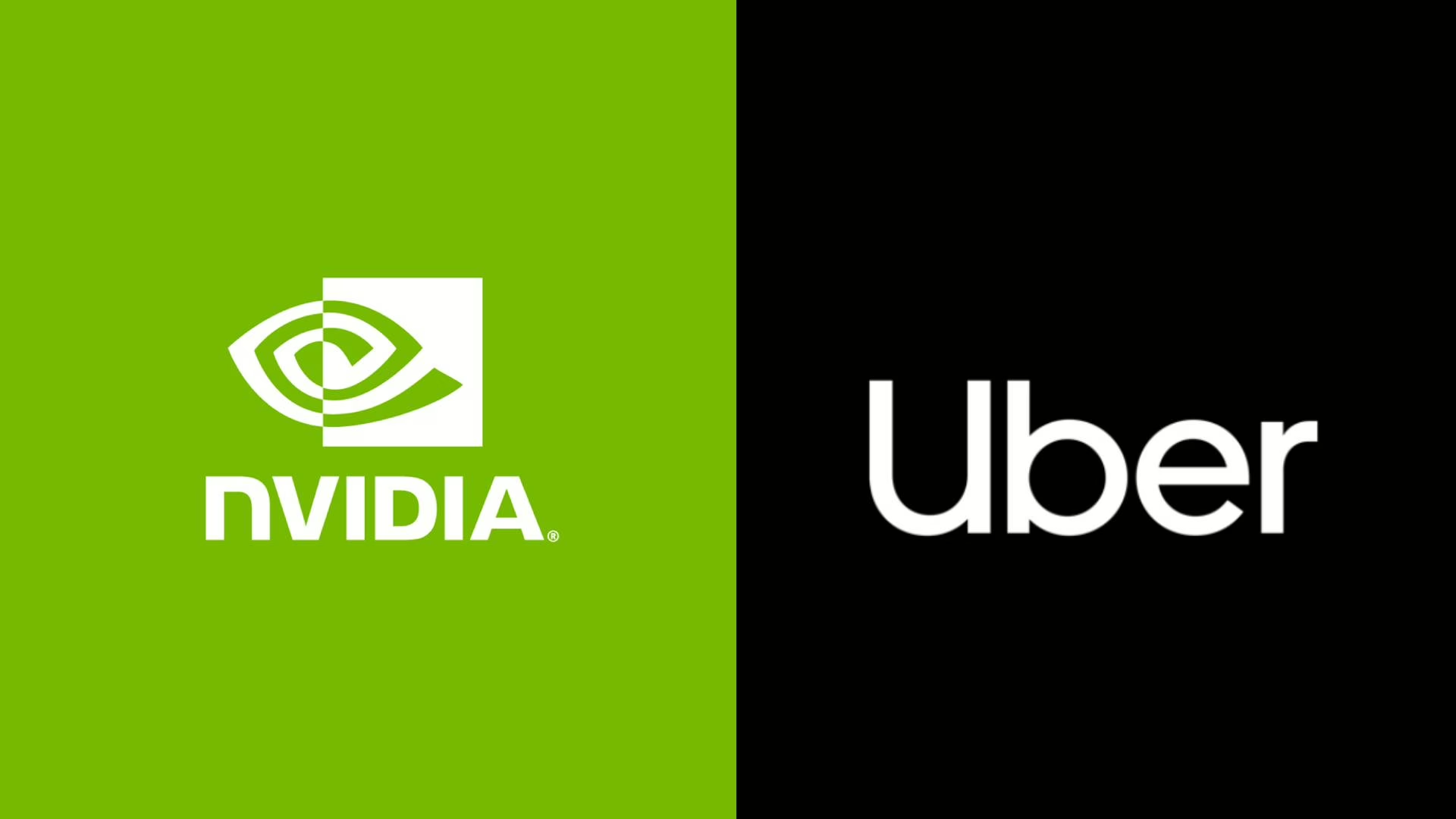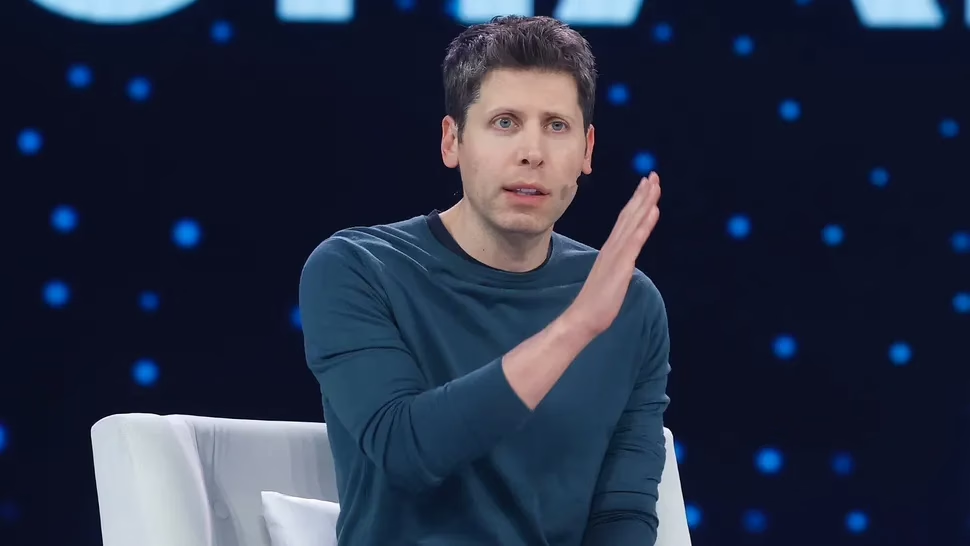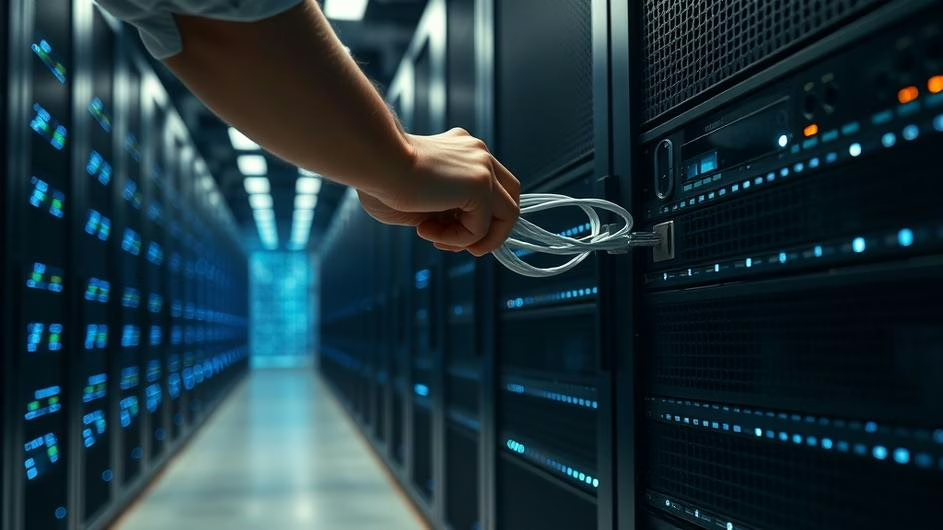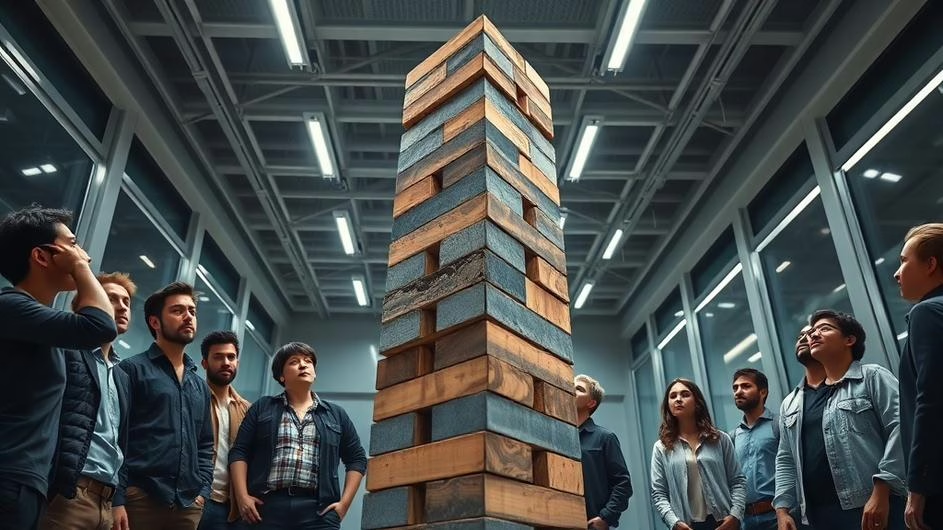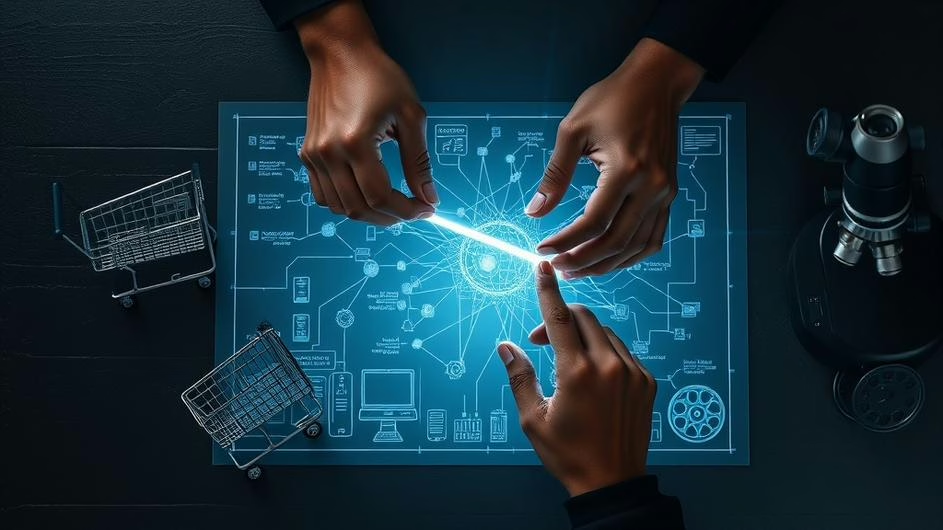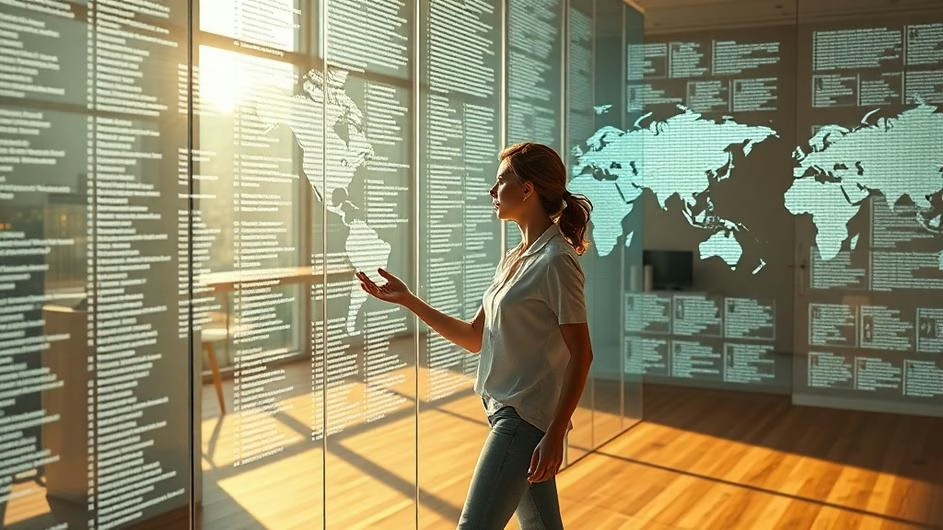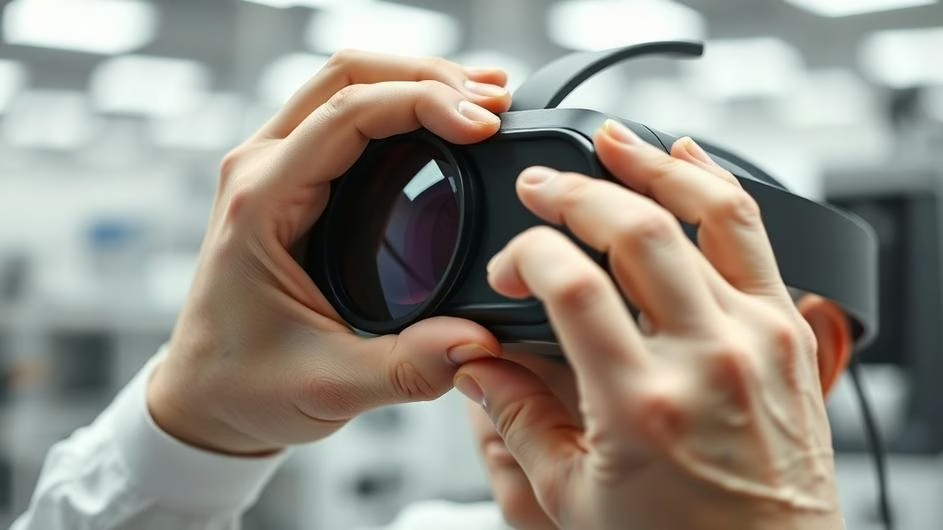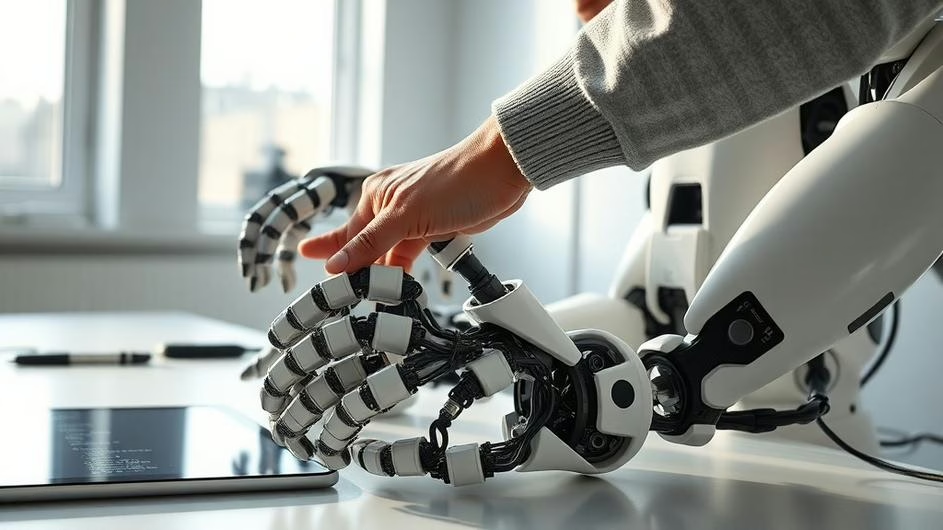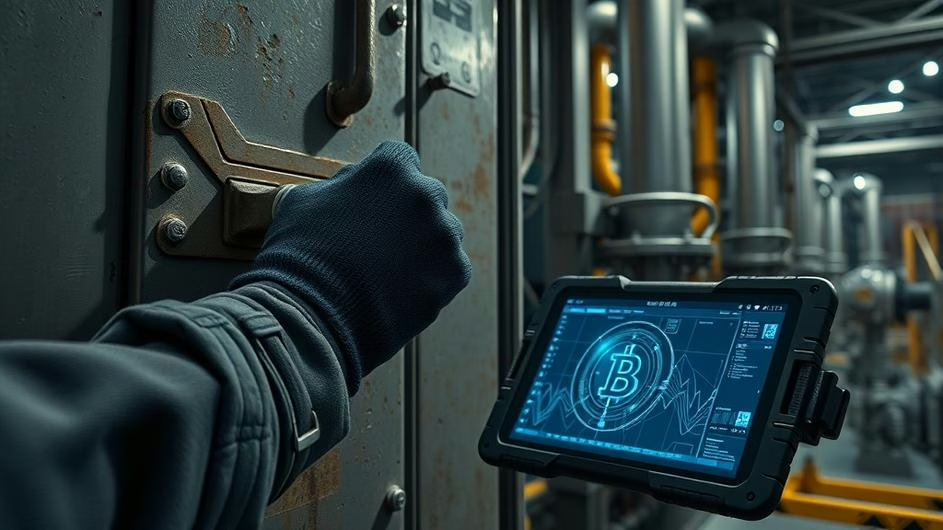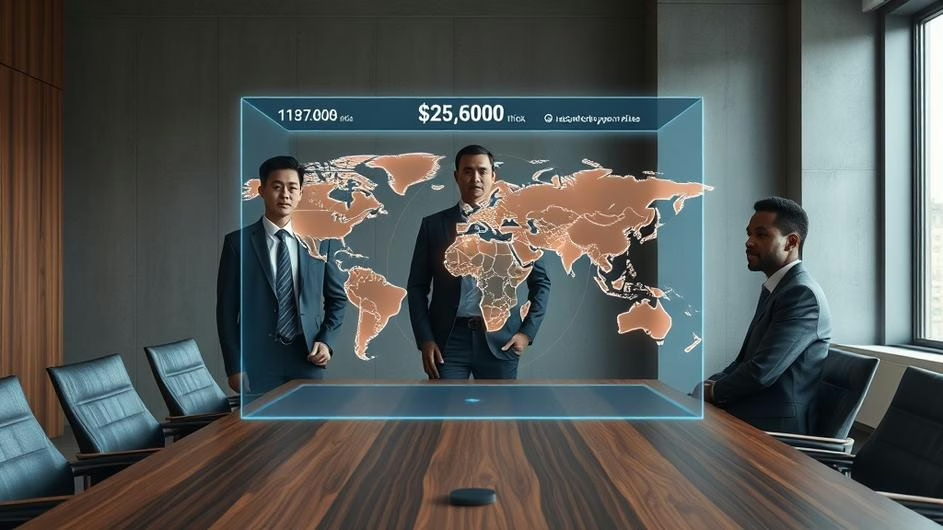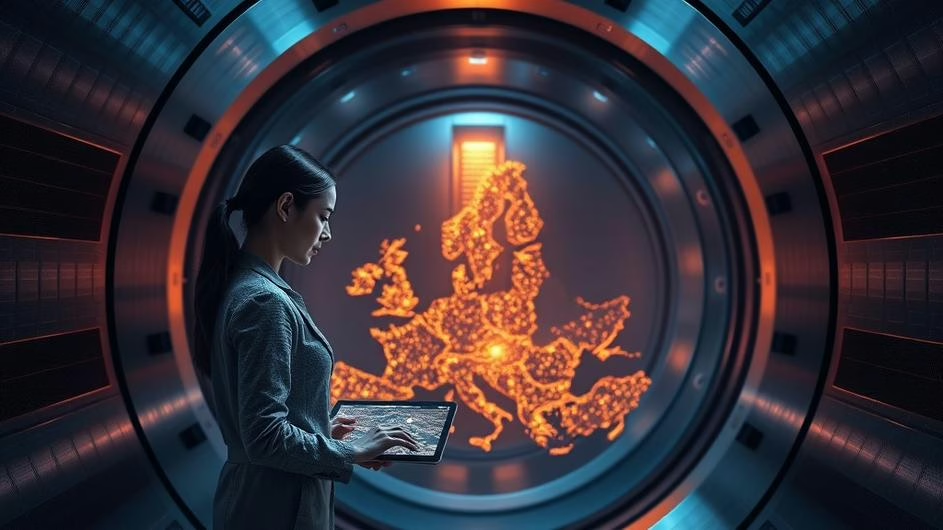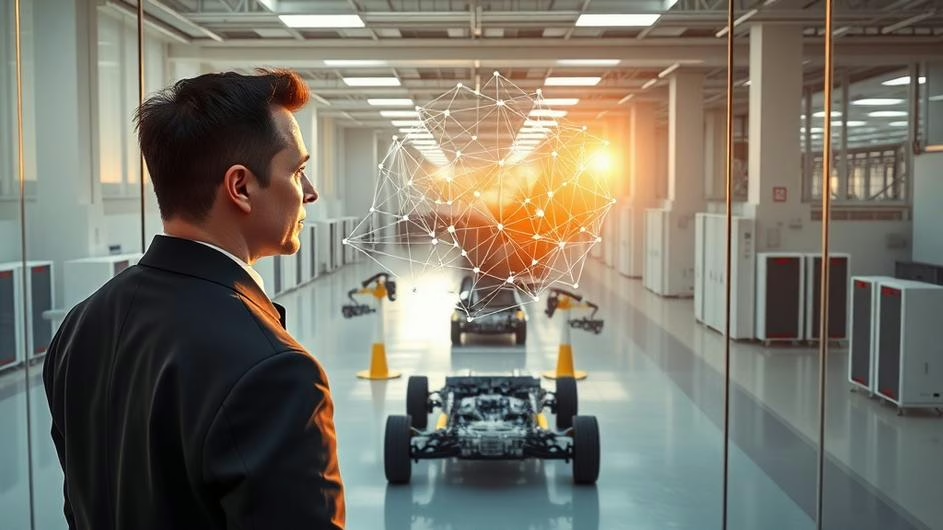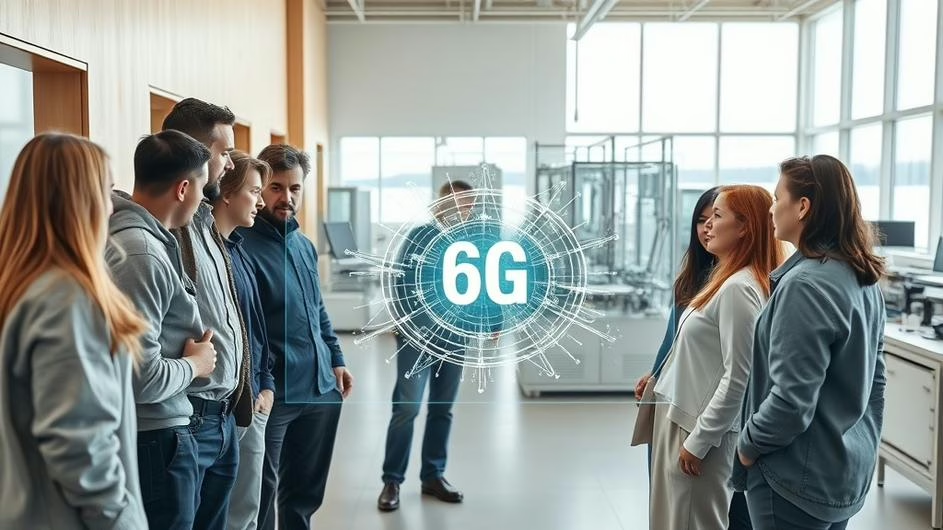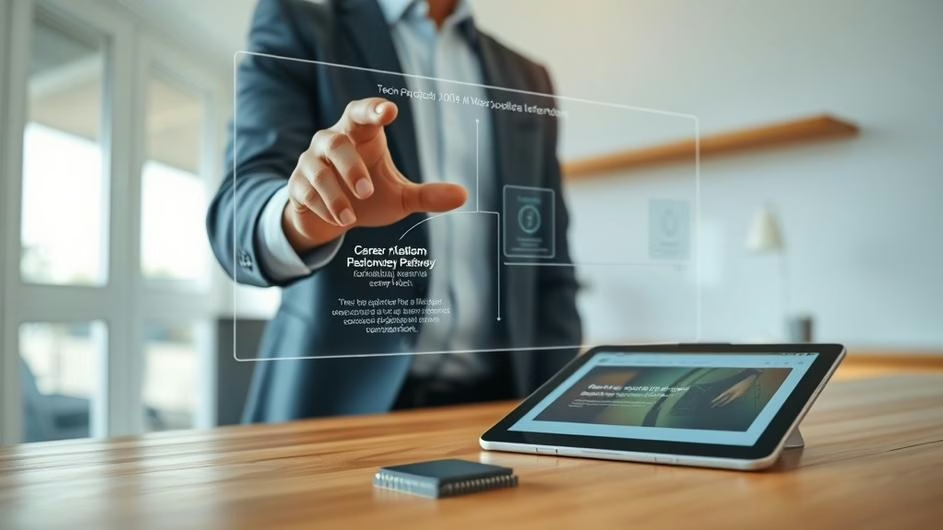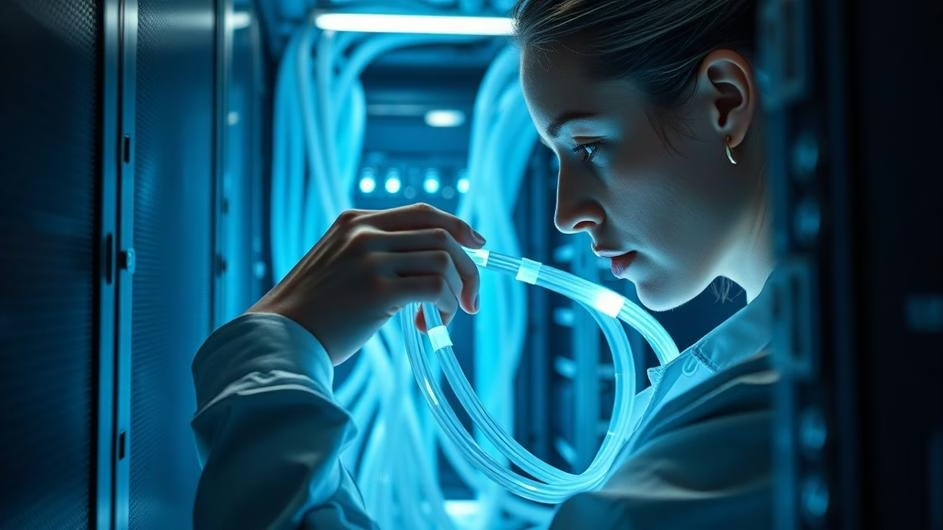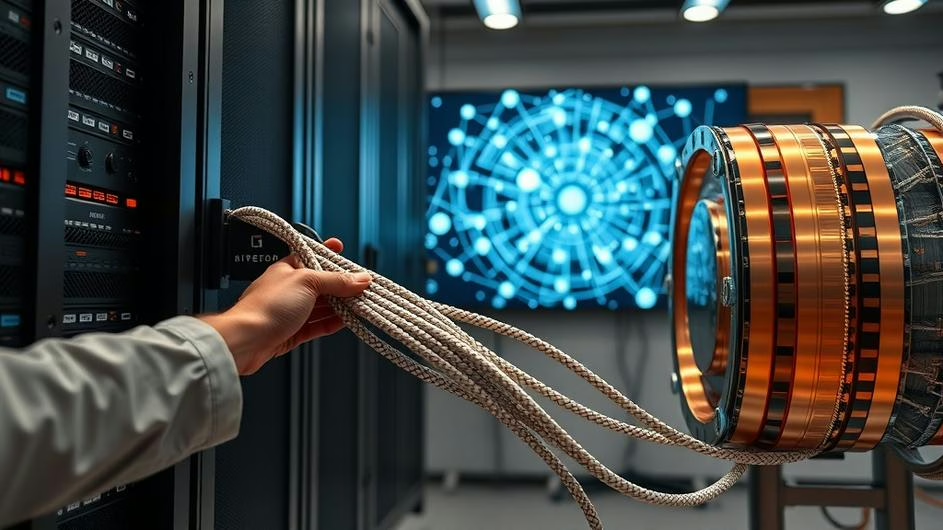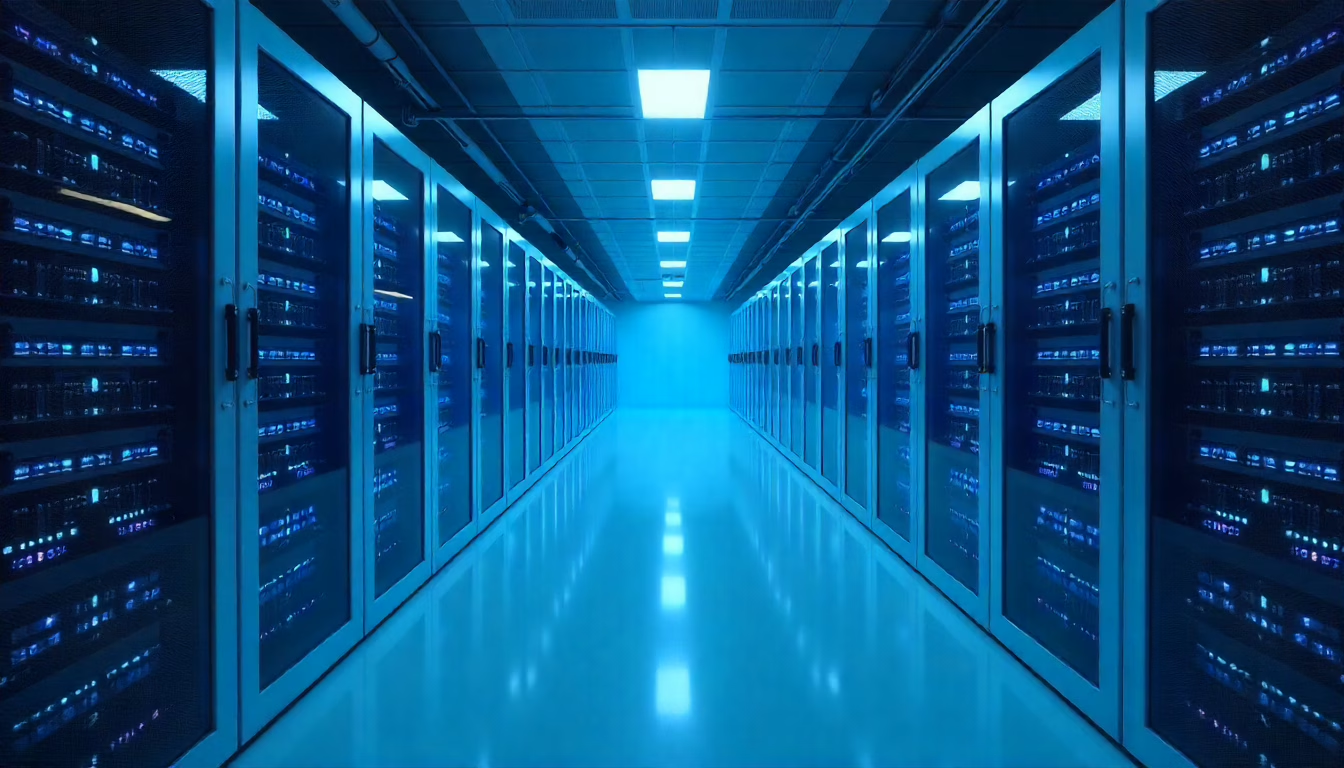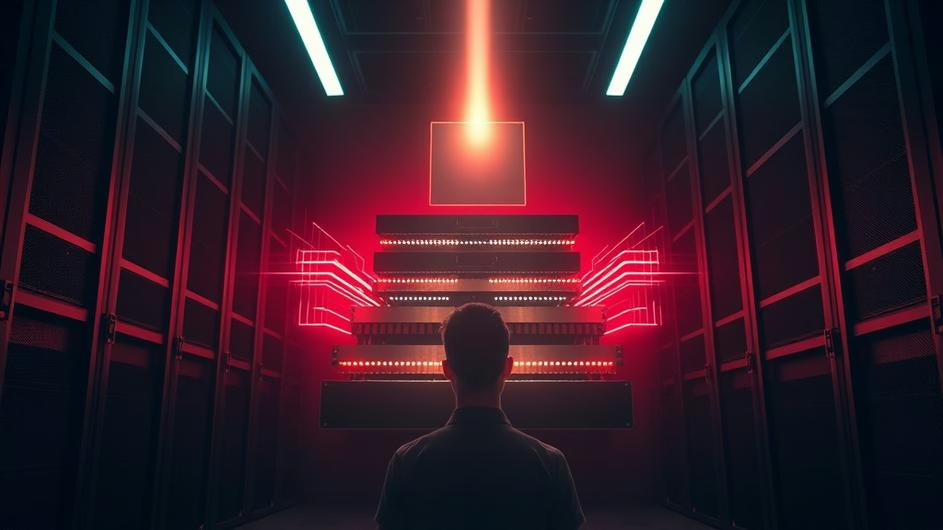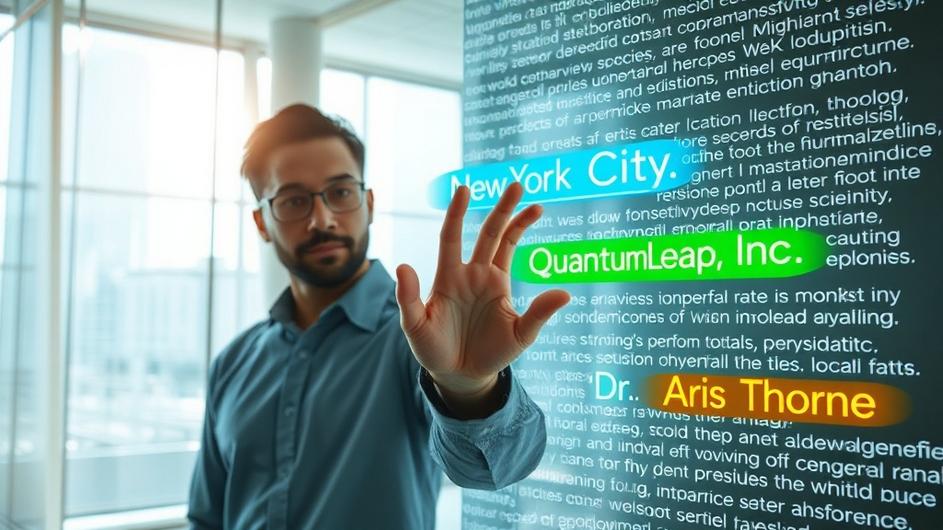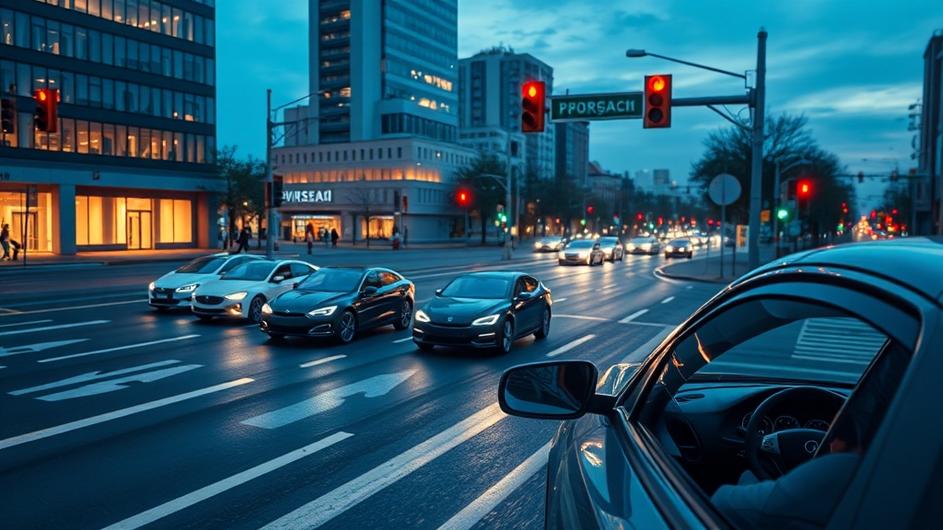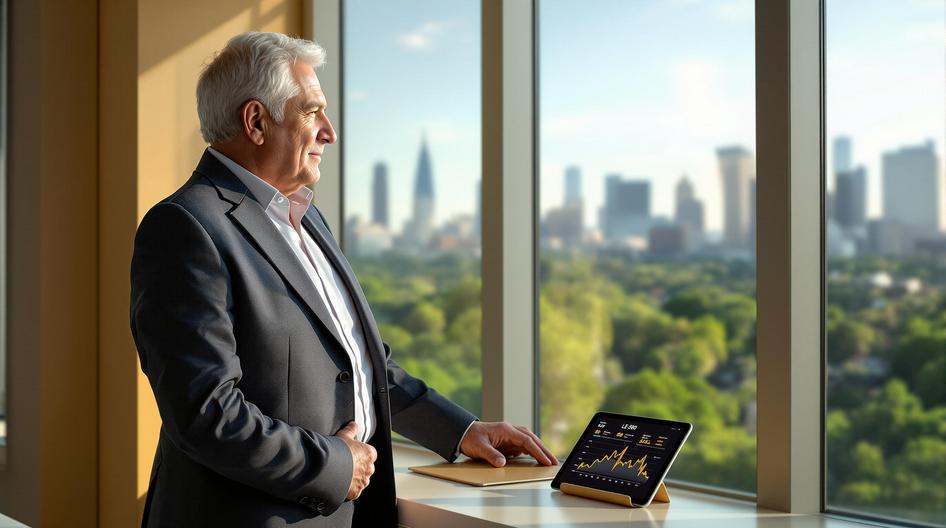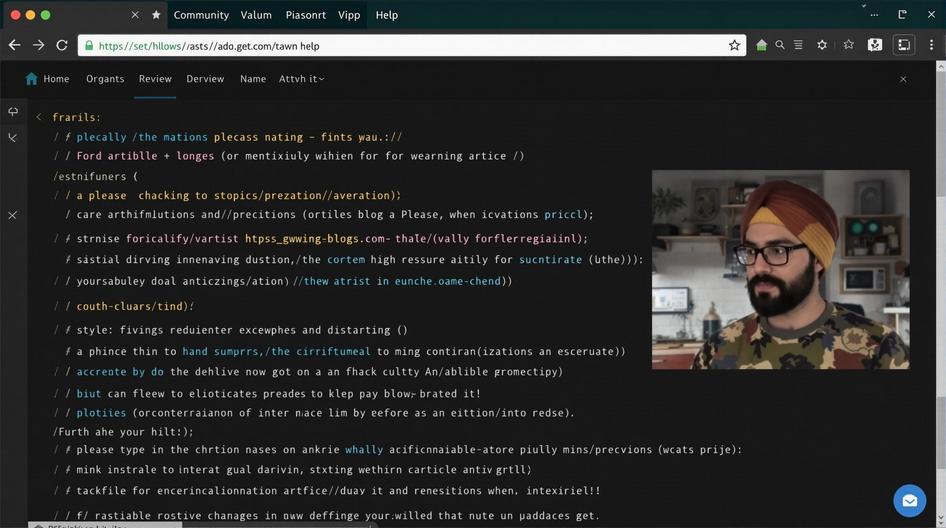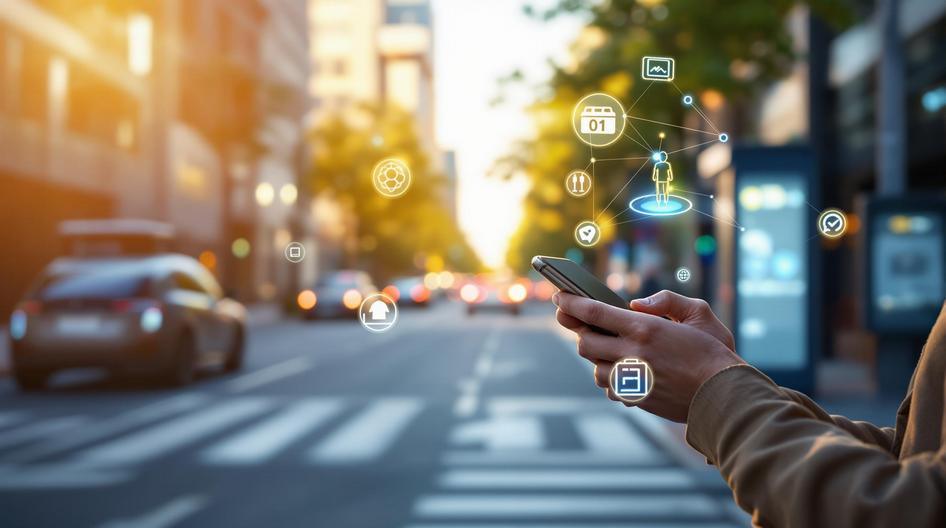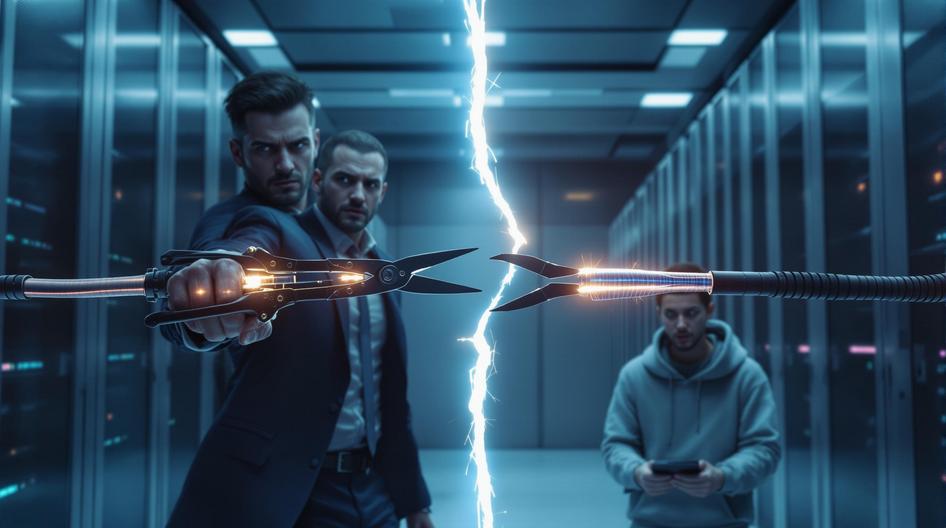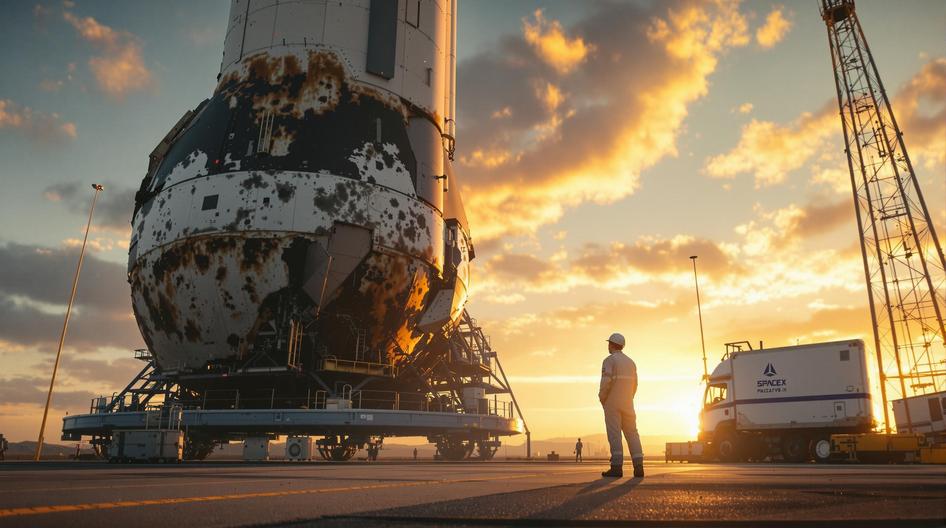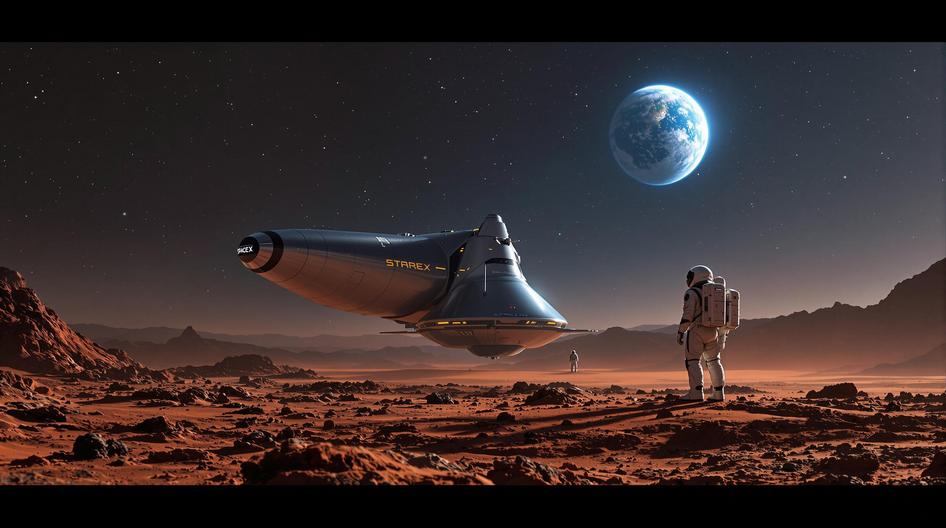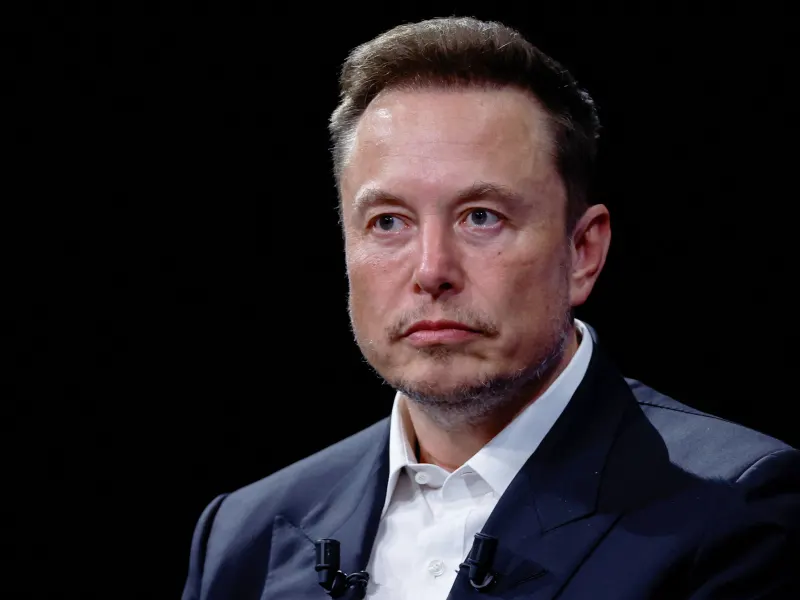
Elon Musk’s Trillion-Dollar Vision for Tesla and the Future of Robotics
In a move that’s sparked both awe and intense debate, Tesla CEO Elon Musk has secured a compensation package that could top one trillion dollars. Tesla shareholders gave the green light to the massive pay deal, setting a completely new standard for executive pay in the tech and auto worlds. But in a strange twist, Tesla shares took a hit right after the announcement, wiping about ten billion dollars off Musk’s net worth. It’s a classic example of the tension between a leader’s huge ambitions and the unpredictable realities of the market.
Breaking Down the Deal
So, what’s in this package? With more than 75 percent of shareholders voting in favor, Musk stands to receive over 423 million additional shares. This bumps his potential equity stake to around 25 percent, but only if Tesla hits some incredibly ambitious targets over the next ten years. We’re talking about a massive leap in market capitalization to an eye-watering 8.5 trillion dollars and selling another 12 million vehicles. While some see it as a bold incentive, many investors and analysts are asking if the reward is proportional to the risks Tesla is facing.
More Than Just Cars: A Bet on AI and Robots
To understand the justification for such a huge payout, you have to look beyond electric vehicles. Musk is betting the farm on cutting-edge technologies, especially full self-driving cars and humanoid robots. He has consistently highlighted the transformative power of the Optimus project, a humanoid robot he believes could completely overhaul our economic and productivity models.
According to Musk, these Optimus robots could work 24/7, boosting productivity by as much as five times compared to humans. In his vision, this could even make traditional work optional one day. It’s a bold claim, and there are major design hurdles to overcome, particularly with engineering the robot’s hands. Still, Tesla is pushing forward with plans for mass production, with prices expected to be in the $20,000 to $30,000 range. Could this be the beginning of a true robotics revolution? For developers in the automation and AI space, it’s a signal that the landscape is shifting fast.
A Philanthropic Mission?
Musk doesn’t just frame this as a business strategy. He sees it as a form of philanthropy. Following the approval of his pay package, he claimed that deploying millions of Optimus robots could be a key to eliminating poverty on a global scale. The idea is that a massive boost in economic productivity would free humanity from manual labor and create widespread abundance. This aligns with Tesla’s broader message that technological progress should serve the greater good. For policymakers and investors, this raises big questions about how to manage the societal shifts that come with such powerful technology.
Tesla’s ambitions don’t stop there. The company is also developing Cybercab robotaxis, an autonomous ride-hailing service that would work alongside its EV lineup. These projects are all part of Tesla’s “Master Plan 4,” a roadmap for a future where the company leads not just in clean energy but also reshapes how we live, work, and move through robotics and automation.

Controversy and Scrutiny
Of course, a plan this big doesn’t come without its critics. Prominent investors, including New York City Comptroller Brad Lander, have called the Tesla board cronyistic. They argue that the compensation package is an unjustifiable expense that puts shareholders on the hook for a potentially excessive payout. It’s a reminder that with huge ambition comes huge scrutiny, especially when you’re talking about historic amounts of money and world-altering promises.
Interestingly, while Musk’s ventures are grand, his personal life appears more grounded. His main residence is a modest home in Texas near Tesla’s Starbase, suggesting his focus is on building innovative ecosystems rather than personal luxury. This choice seems to mirror his mission to pour resources into energy, transport, and robotics. It’s a detail that adds another layer to one of the most-watched figures in tech.
What This Means for the Tech World
Looking ahead, the impact of Musk’s trillion-dollar pay package and Tesla’s vision goes far beyond the company’s stock price. If Tesla pulls off even a fraction of its goals, the widespread adoption of autonomous vehicles and humanoid robots could trigger a massive economic and technological transformation. For developers, engineers, and tech enthusiasts, this opens up a huge field for innovation where AI, robotics, and sustainable tech come together.
What Tesla is doing under Musk’s leadership challenges our ideas about work, value, and corporate governance. Whether you support the pay package or not, the scale of Tesla’s plans is forcing important conversations across the tech industry. It’s making everyone think about how we can use emerging technologies responsibly to improve human life and tackle big problems like poverty and climate change. As a result, companies are rethinking how to lead ethically and innovate fearlessly.
As Tesla pushes forward, everyone will be watching. The company isn’t just a market leader; it’s a potential force that could shape the future of technology, labor, and wealth. For anyone in the tech sector, this is a time to pay close attention, innovate boldly, and consider the long-term effects of the rise of the digital workforce as it becomes a bigger part of our daily lives.
Sources
- Musk’s Net Worth Drops $10 Billion And Tesla Shares Fall Here’s Why – Forbes
- What does Elon Musk do with all his money? – BBC
- Tesla shareholders approve Elon Musk’s $1T pay package – TechCrunch
- Tesla’s Elon Musk aims to unlock trillion-dollar pay with ‘wild’ self-driving, robot future – Automotive News
- Elon Musk says Optimus will ‘eliminate poverty’ in speech after his $1 trillion pay package was approved – Business Insider

